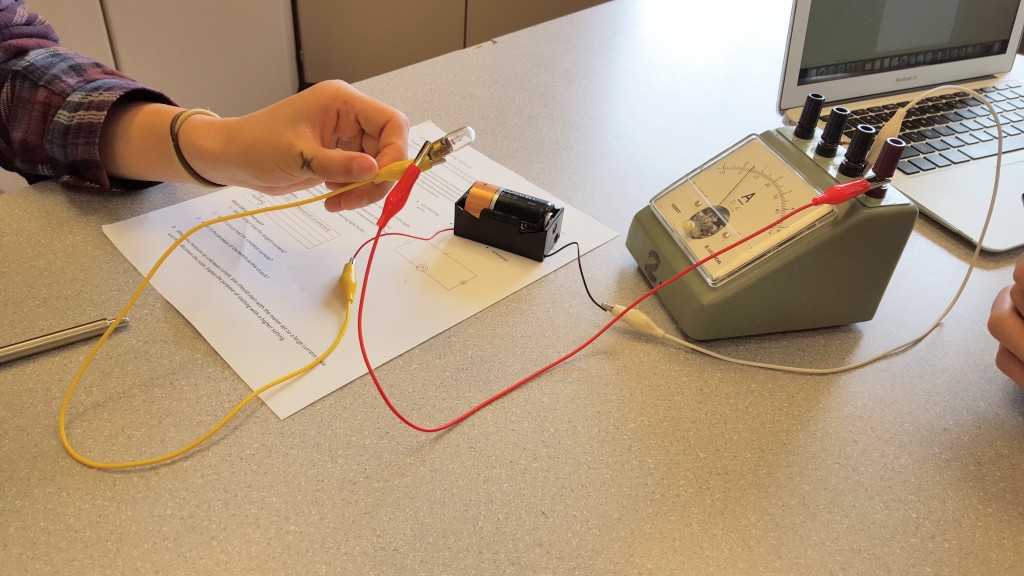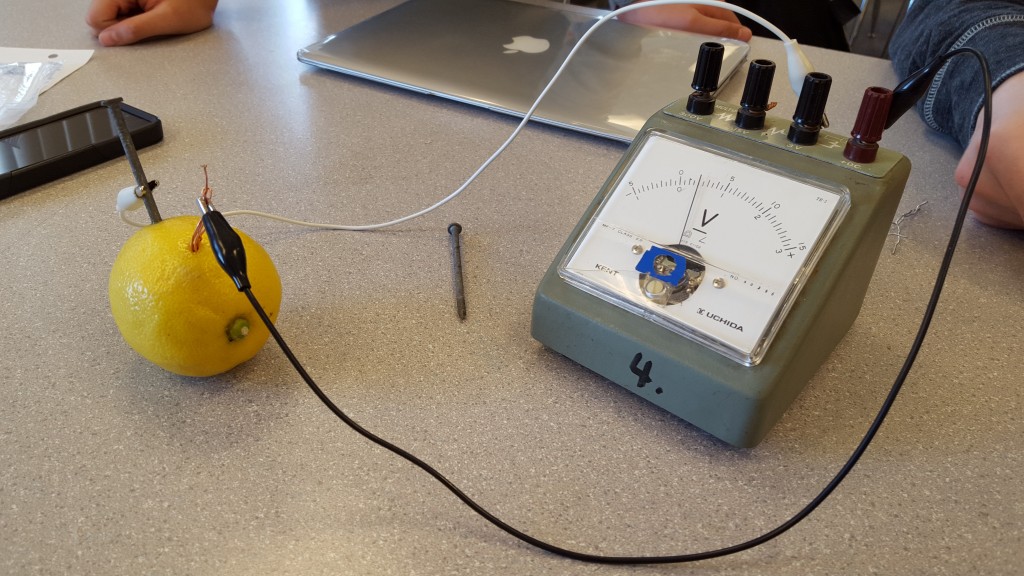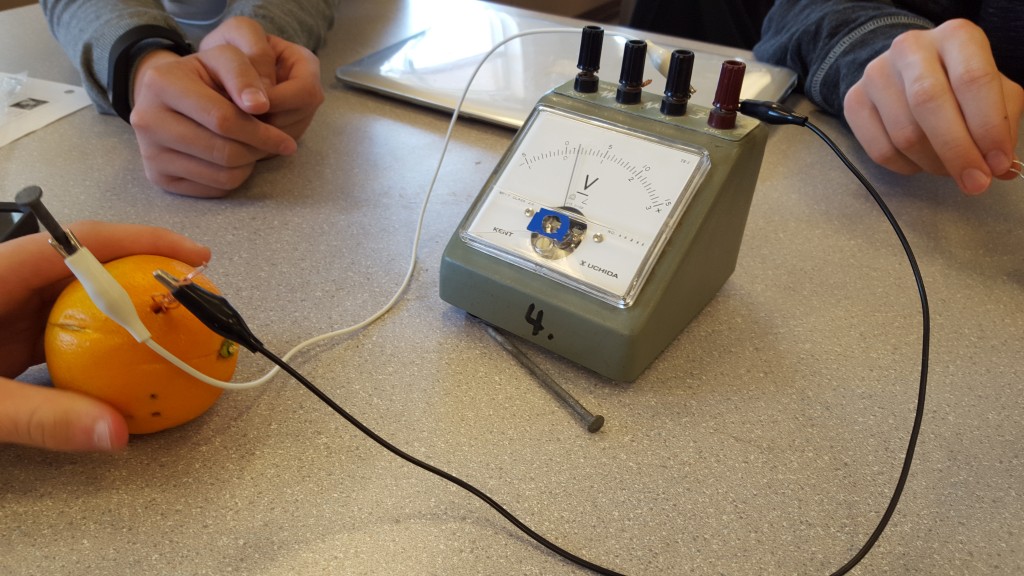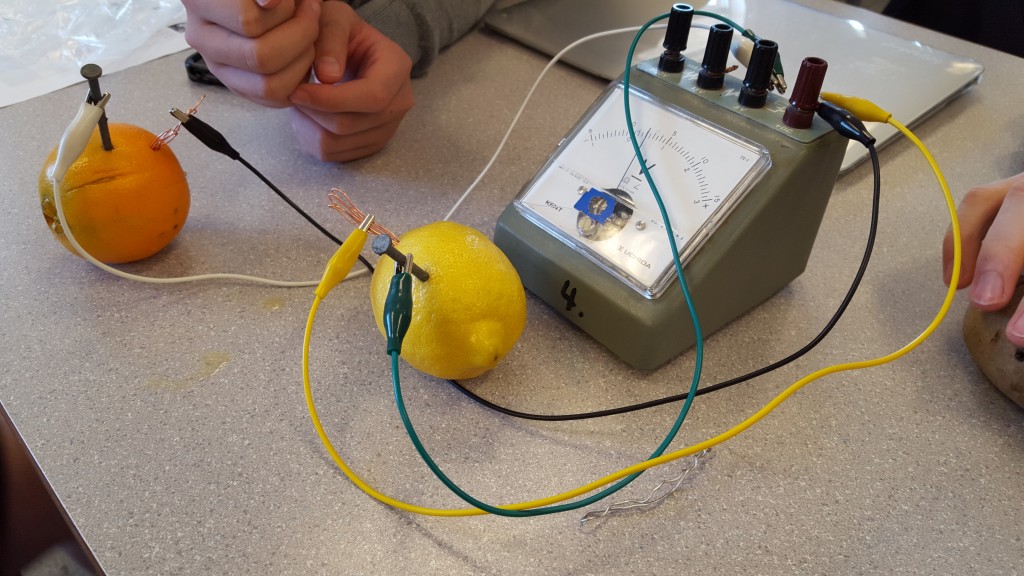This is a picture of a cheeck cell under microscope 400x
Month: April 2016
Google hangout
Our science class had a GHOA chat with NYU student, Karishma Bhagani. The purpose of this is to get to know about Karishma’s project and we are going to try how we can help her to save the earth from polluted water.
Karishma is from Mombasa, Kenya and the picture below is where her hometown is located.
She made a project “Matone de Chiwit” meaning “drops of life.” Her goal of this project is to provide a clean drinking water source to rural communities in Mombasa through a water filter unit made of locally available resources, costing less than $10 for a minimum of 18 months of use.
From this experience, I felt that it was really interesting that we could talk with her about her project, even though she lives far away from us. It was nice of her to share her story to us. Also it was a grateful event while Earth Day is coming close.
Our group prepared some questions to ask Karishma. The questions were “Who did you work with to create te system?” / “What Problems did you run into when making the system?” / ” Where do you see this project going?”
During the Google Hangout, we only had one question ask so, this is the question our group asked : What problems did you run into when making the system?
The answer she replied to us was : She tried chlorine to clean the polluted water but unfortunately she found out a way. A vegetable called drumsticks worked to clean the water.
The other groups asked :
- Do you think that the country Kenya is over looked?
- Is it possible to use salt water from the ocean?
She answered :
- Many different developing countries in Asia or Africa are over looked.
- Salt water is full of saline so not at the moment but hopefully in the future.
This is a picture of us doing Google Hangout with Karishma Bhagani.
Measuring Current
Purpose : Construct a circuit from a circuit diagram and use a ammeter to correctly measure current
Materials : 1.5 V cell, 3 Various bulbs(1.5V/ 3.0V/ 6.0V), connecting wires, switch, ammeter
Procedure :
- Construct the following circuit, using one of the light bulbs (leave the switch open)
- Close the switch brielfy and measure the current
- Repeat step 3 with the remaining light bulbs
Observations :
- Our group didn’t use the switch
- The bulb was turned on lightly
Result :
Bulb type (V) Measured Current (A)
Small 0.4 A
Big 0.6 A
Oblong 0.5 A
What did you find out?
1. Which circuit had the largest current? The big bulb had the largest current
2. Which circuit had the smallest current? The small bulb had the smallest current
3. What is the purpose of the switch in this circuit? To allow and not allow currents to flow
4. When you measure an unknown current, you should start with the meter set to a large current scale and the decrease the scale. Explain the purpose of starting with a higher setting. You can always make the scale smaller if it’s too large and it is easier to read on a larger scale than a smaller scale
Currents from the Kitchen
1. Prediction: Potato will produce the most electric voltage because the juice from the potato will help to make a electric charge
2. Materials : Potato, Lemon, Orange, Voltmeter, 2 steel nails, 2 copper wires, 4 aligator clips, Miniature bulb
3. Procedure :
a) Insert 1 steel nail and 1 copper wire to the potato
b) Use 2 aligator clips to connect steel nail and copper wire to the voltmeter
c) Exchange the voltmeter to miniature bulb. See if the bulb lights up.
d) Record the results
e) Try lemon and orange with the same procedure
4. Results :
Potato : 1.5 voltes, didn’t turn bulb on
Lemon : 2 voltes, didn’t turn bulb on
Orange : 1.5 voltes, didn’t turn bulb on
5. Advanced Experiment :
Use both fruits, orange and lemon at the same time. Use 2 steel nails and copper wires. Connect the two fruits and the voltmeter with 4 aligator clips. Try the minature bulb to see if it lights up.
6. Result of Advanced Experiment :
Orange and Lemon : 3 voltes, didn’t turn bulb on
7. Observations :
- It was 0 voltes when our group inserted 2 steel nails in one fruit
- We should have checked if the light bulb actually turns on by a battery
- It would have been better if we had more time to try other fruits or vegetables
8. Questions :
If your bulb doesn’t glow, how can you find out if electrons are flowing? I can use a voltmeter to find out if electrons are flowing.
If your bulb doesn’t glow, why not? It might not have the power to light up the bulb.
What is causing electrons to flow in this experiment? The aligator clips allows electrons to flow.
How can I use this in my everyday life? I can use this when power goes out.
9. Conclusion : My prediction was incorrect. Lemon produced the most electric voltage.
Animal Farm Propaganda Poster
In this propaganda poster “Animal Farm” by George Orwell, the viewer will notice propaganda techniques such as repetition, fear, plain folk, and glittering generalities. The first method used in the story is repetition. Information is repeated to further convince the reader. “Death” is written multiple times on the side of the human and “Sugarcandy Mountain” is written a lot on the side of the animals. The second method used is fear. It is a method that helps warn the audience that a disaster will occur if they do not follow a particular action. In this poster, there is a dead pig that is lying beside the man. The man is holding a weapon and there is a raining cloud above him. The second to last method used is plain folk. It helps to convince the viewer that the spokesperson 1is just like them. The spokesperson portrays themselves to be someone that the viewer can’t trust. Plain folk can be found within this poster by the picture of the happy looking animals. The viewers will feel they could be happy and be able to live like the animals in the poster. Lastly, it used glittering generalities which is an emotionally appealing phrase. The slogan “4 legs good, 2 legs bad” is a glittering generalities because it captures the viewer’s attention and it evokes strong feelings that humans are bad. One would notice that repetition, fear, plain folk, and glittering generalities are used in this poster and will be able to easily understand the message given. The life with humans will be mistreated and the life without humans will be like heaven.
Electricity Mind Map
<8 Questions>
- What is a parallel circuit and a series circuit, and what is the difference?
- How does nuclear change in to electricity?
- What is a votage? Does it have an important relationship with electricity?
- Among the four ways to make electricity(wind, nuclear, water, and fire), which source was used the most?
- How are batteries made?
- Steam is made when the coal burns. How does the steam turn into electricity?
- If the current is high in a light bulb, does that mean it will be brighter?
- Is there any way to prevent static electricity?









